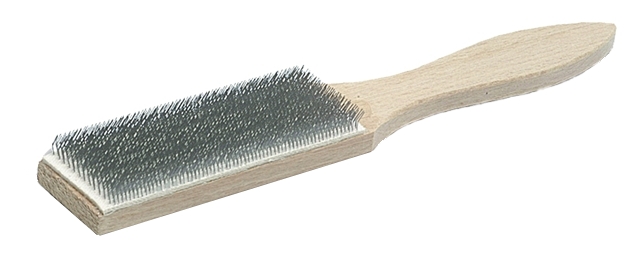OK the conversation on standards got my brain spinning. Even though I am at least a year off from laying track I do want to be getting prepared for it.

Here is the track plan idea. Now I am strongly considering the Llagas 1:20.3 code 215 aluminum flex track. Seems to be highly regarded and it is probably what I will use (rails anyway) for my static display. No track power so the cost is better on the aluminum.
This plan is around 200 feet of track. That’s $700 bucks in track. Throw in 8 turnouts at $100.00 a piece and I am at a 1500 dollar bill not to mention the crossover. This isn’t even figuring the cost of the divorce attorney. Now I am only going to build it one loop at a time to help defray cost over a period of time.
But being a cheap SOB, but one that is handy, I am wondering about the cost/parctical effectiveness of hand laying my own turnouts and crossover. Is it easy to achieve tolerances that will match the purchased Llagas track and run my equimpent.
thoughts? I am not looking for a how to but rather a should I answer. That four switch/crossover affair seems like it would be a critical element to get right.


